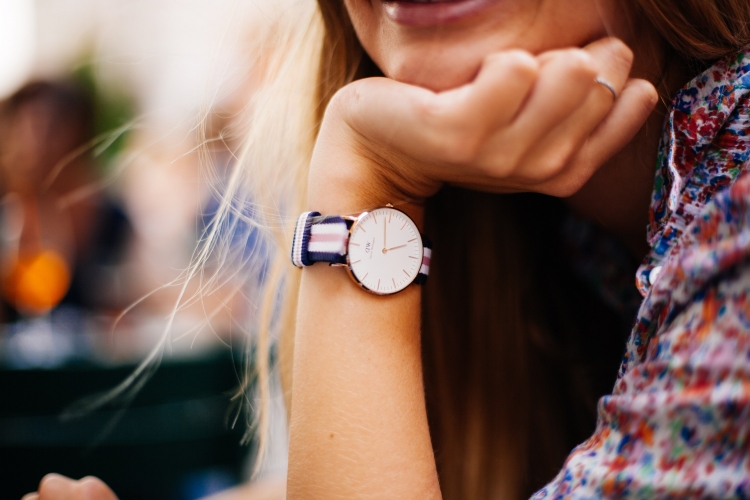Accessories: Fashion's Unsung Hero

The fashion industry is perhaps the most adept of any in putting up a glamourous and effortless front. The biggest brands and retailers come out season after season with endless new looks, from couture to ready-to-wear, runway to the rack, and the consumer goods just keep rolling out. However glamourous and easy it all may seem, though, there is much more to the fashion machine than style alone. Like any working business there needs to be a working model of distribution – and in fashion, the engine behind this machine often lies in its accessories.
Accessories are one of the most overlooked aspects of the fashion market. Even its name describes it as a complement the main look. But in reality, accessories are the silent giant capable of making a fashion line wads of money. Think about it – every time you walk into a department store, the whole ground floor is usually dedicated to accessories, either makeup and other beauty products, handbags, jewelry, sunglasses or even hosiery. This model is the same from store to store – dominating up to 40 percent of the retail space with brand name labels - yet the clothing that usually defines these brand names is noticeably absent. So why would retailers take such prime retail space for non-clothing items?
Accessories are incredibly valuable for a number of reasons. First, they are generally less seasonal than clothing. Although there are some exceptions, such as beach totes or cashmere gloves, stores and designers can typically shelve accessories for as long as necessary for them to sell. In addition, since accessories work on a model system, they are much more conducive to becoming trademark designs that fashion houses can then churn out year after year. As such, fashion designers usually try to first make a name for themselves – then they expand to include lines of shoes, sunglasses, handbags, etc.
Another strength for accessories is that are more “wearable” than clothing fashions, working with both a variety of body sizes and price points to ensure maximized bottom lines. This is not only true for someone buying for themselves – but also in terms of the entire gift market (you being more likely to buy your mother-in-law a wallet or scarf than a new cardigan for exactly this reason). However, the biggest reason that accessories are so integral to the business model is that the margins are much higher than on the clothing items themselves. Accessories are easier to manufacture, stock, and distribute and thus become much more cost-effective for shops to buy and sell. While accessories may seem like a small-scale “up-sell” in the retail landscape, in reality it is the accessories themselves that support the larger fashion game.








